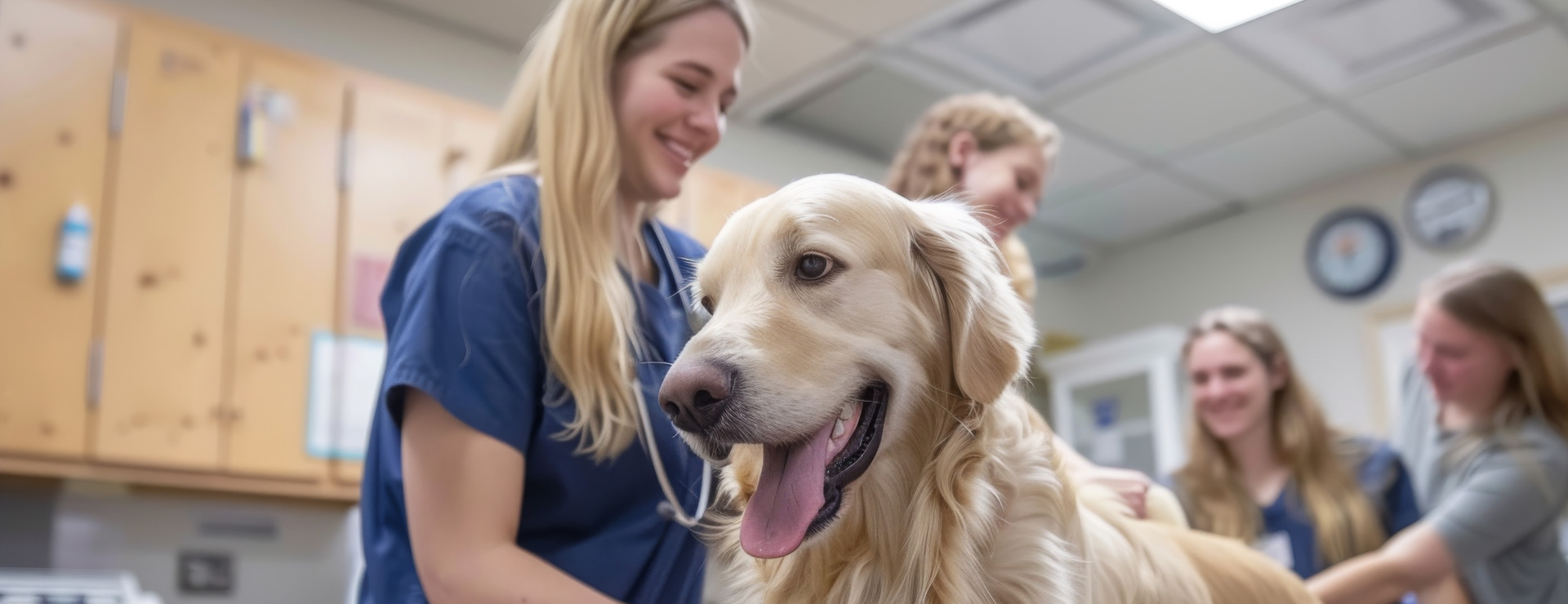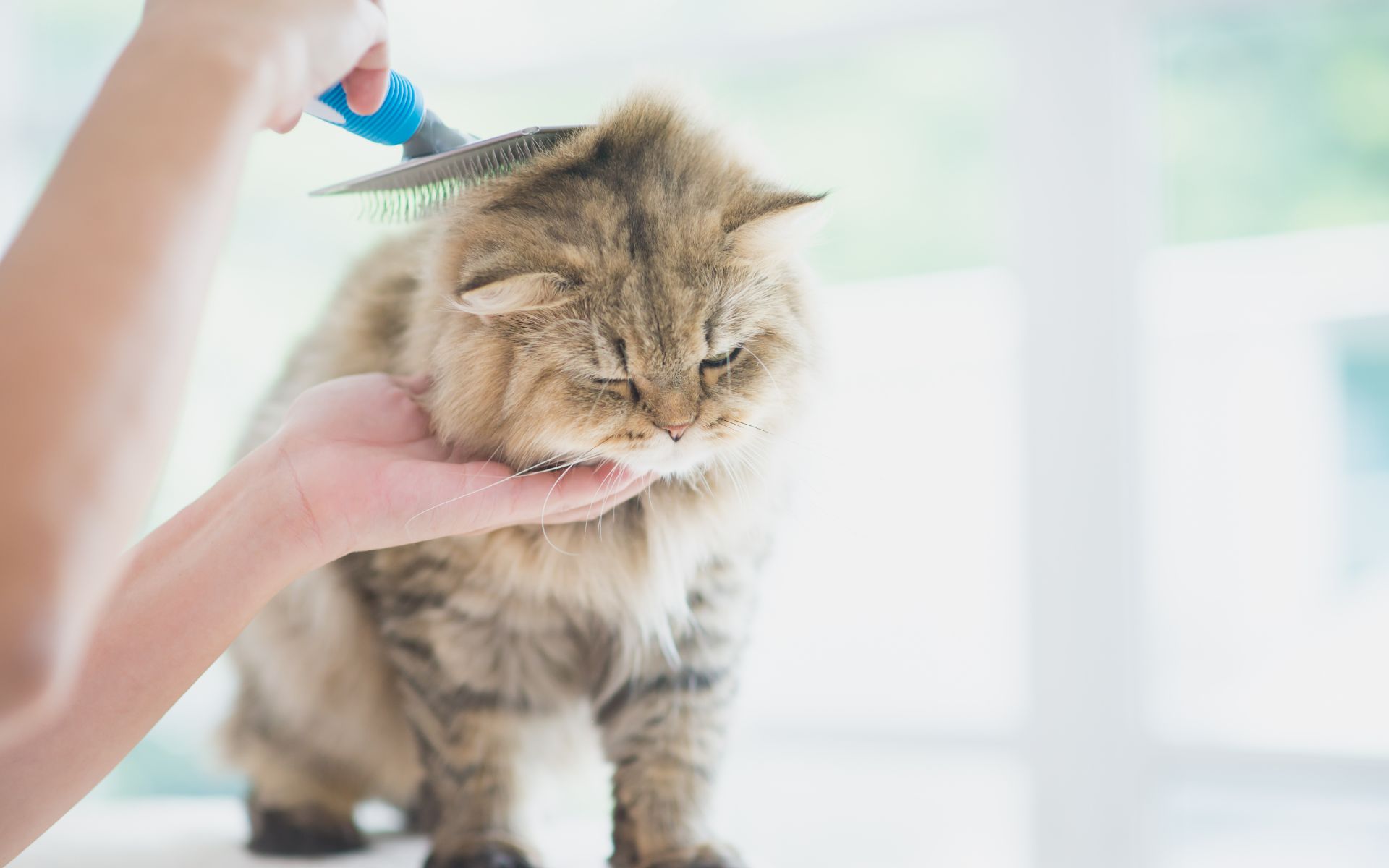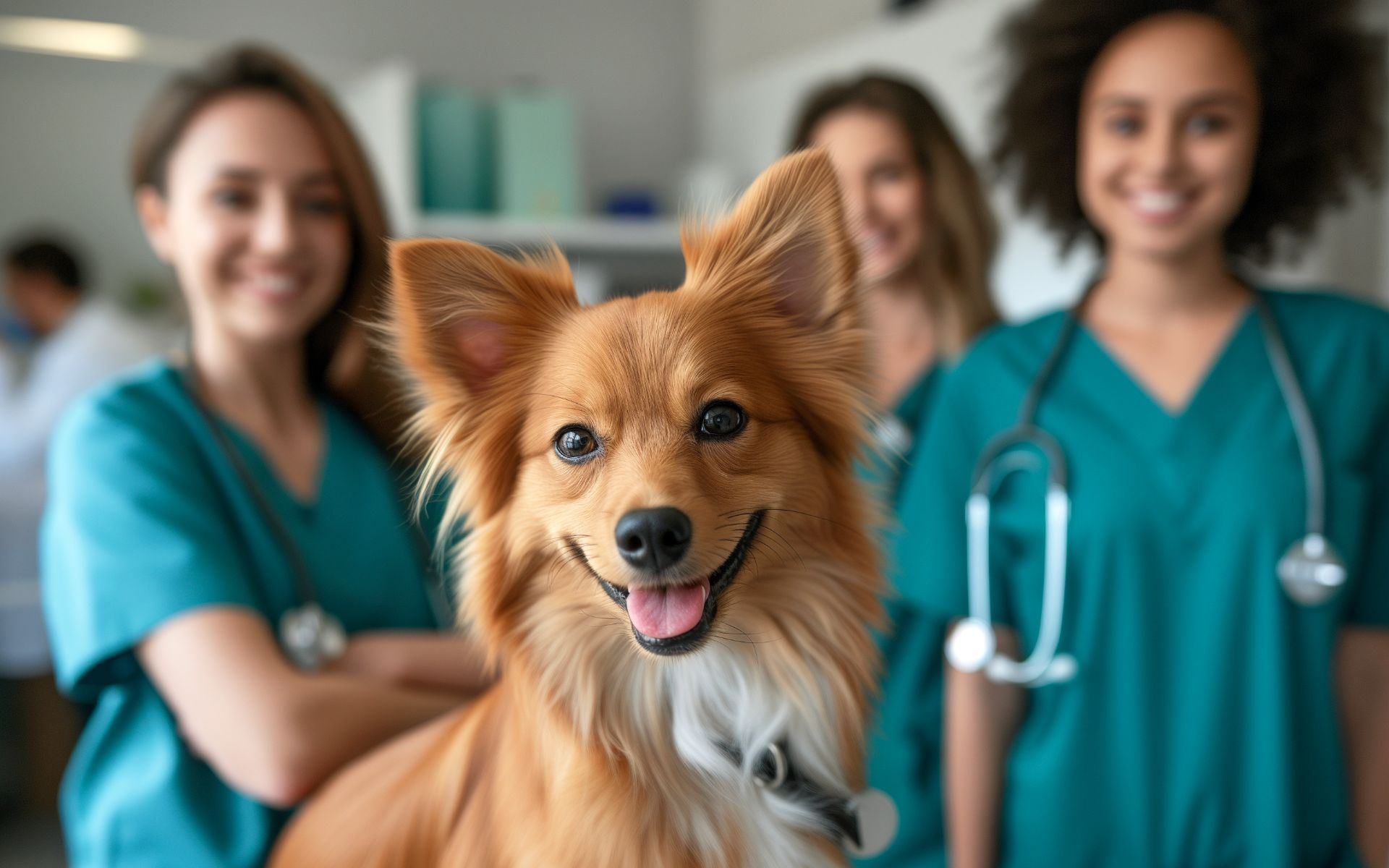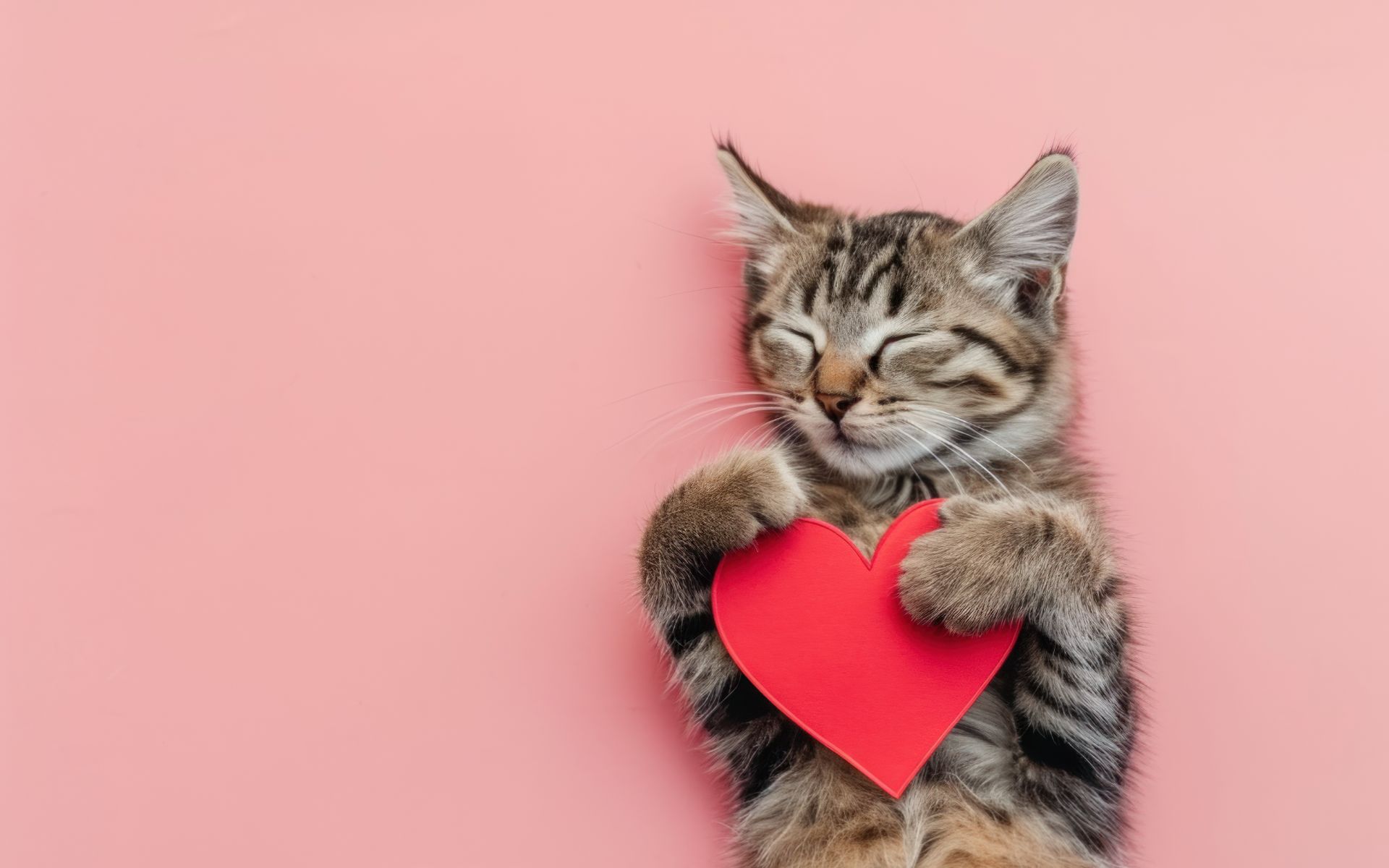
Halloween can be a scary time for pets. Many popular Halloween treats and decorations can be dangerous—even lethal—when ingested by dogs and cats. Animals are often afraid of humans at this time of year…and sometimes for good reason. Learn how to keep your pets safe over Halloween.
Chocolate & Candy can be frightful for Pets
Chocolate contains properties, including caffeine and theobromine, that are perfectly fine for humans, but potentially toxic for pets. Since animals vary in size and have different metabolisms, it’s difficult to say exactly how much chocolate one would need to eat to become sick. The type of chocolate also impacts the severity of illness, but as a general rule, the darker and more bitter the chocolate, the greater the danger.
If your pet ingests chocolate, call a veterinarian right away. Do not take the wait-and-see approach.
Halloween candies also pose a risk to dogs and cats. Some candy, especially sugar-free candies, contain the artificial sweetener xylitol, which can cause liver failure, low blood sugar, loss of coordination and seizures. So, keep candies away from your pets, too. A lot of sugarless gum is sweetened with xylitol as well so always keep gum away from pets. Remember, they’ll snatch it out of purses and bags so always keep purses and bags elevated, out of pets’ reach.
It’s also important to promptly remove chocolate and candy wrappers after you’ve eaten them. Pets like chewing on the wrappings, some of which are sometimes more dangerous than the treats themselves!
Symptoms of Chocolate Poisoning in Pets
Sometimes people will catch their pet in the act of eating chocolate, but even if you don’t, watch for these signs if you suspect your cat or dog has ingested chocolate:
Vomiting
Diarrhea
Rapid breathing
Hyperactivity
Increased heart rate
Seizures
Any of these symptoms could indicate chocolate poisoning, and it’s better to be safe than sorry.
What to Do If Your Pet Eats Chocolate
Contact your veterinarian immediately and give them the following information:
(our number is 506-460-8668)
Your pet’s weight
Type of chocolate (milk or dark, and brand such as Hershey’s Kisses or Aero bar)
Amount consumed (in grams if possible)
How long ago it was ingested
If it’s determined that your pet needs to see the vet, bring any packaging you can find (such as chocolate bar wrappers) with you to the veterinary hospital. This will help us in treating the toxicity.
In addition to a physical exam, your veterinarian may need to perform a urinalysis or blood test to analyze theobromine concentrations. We will provide you with care instructions once we determine the severity of your pet’s condition. If caught right away, we can treat it far more easily.
Other Things to Consider at Halloween
As pet lovers, it’s hard to imagine why anyone would want to harm an animal. Unfortunately, bad people are out there—and Halloween tends to bring out the worst in them. Black cats are especially at risk during this time of year. For your pets’ protection, keep dogs and cats indoors!
With your pets safely inside, remember that Halloween isn’t a typical night in your household. Depending on where you live, many people may be knocking or ringing the doorbell, which can get dogs worked up. Often, they’ll get spooked when they see people dressed in costumes, too. A good idea is to keep your dog away from the front door until the excitement calms down. Try putting them in a room with their bed, a toy, and perhaps a safe Halloween treat of their own.
How to Protect Pets from the Dangers of Halloween
Keeping your pets safe on Halloween isn’t tricky. Always keep chocolate, candy, wrappers and decorations out of reach. If you are giving out treats to trick-or-treaters, put the bowl where dogs and cats can’t get into it. After children come home from an evening of treat-or-treating, ask that they don’t pour their loot on the floor to sift through it or ask that they do it in a closed room away from family pets. Having the candy spread out on the floor makes it too easy for pets to get into the candy and chocolate, putting them at risk.
By being mindful and educating others in your home to be careful with treats around pets, your family and your furry friends can have a happy HOWL-o-ween!


The Latest
Indoor cats live longer, healthier lives, free from the dangers of traffic, predators, and harsh weather. Learn how to keep your beloved cat safe and happy.
Regular grooming maintains your pet’s health by preventing mats, promoting shiny coats, and removing debris. Trust professionals for safe, effective grooming.
Ensure a safe and joyful holiday for your pets by avoiding holiday treats, decorations, and environments that pose health risks.



